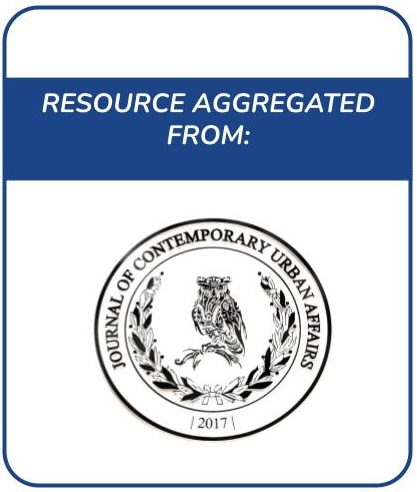Focal point
Location
Cikcilli District, Saraybeleni Street No:7 07400 , Alanya, Antalya, Turkey
The journal promotes original academic contributions that are cross-disciplinary to strengthen research under three main areas: Citizenship Rights and Responsibilities; Territorial Studies; and Urban Transformations.
In this regard, the journal has aimed to:
- discuss the role of urban planners, urban designers, and architects in enhancing social and economic aspects of the built environment.
- discuss emerging social and economic challenges and problems facing global cities within other scientific fields.
- develop theoretical and methodological foundations in respect of the social and economic problems of contemporary urbanization.
- bring a scientific view to emerging social and economic challenges in urban spaces.
- provide sufficient comparisons of different challenges and solutions facing cities and societies, as referred to in the aforementioned main aim of the journal.
- discover and identify innovative methods and techniques to overcome the aforementioned challenges.
Contributions are welcome from across the full range of social sciences and arts and humanities disciplines. It is expected that the contributors will provide advanced empirical and theoretical knowledge referring to contemporary urban affairs - from both positive and normative perspectives. Priority for publication is given to research articles that are specifically written for a multidisciplinary audience with the highest quality and impact. In this regard, the journal looks for articles that are innovative and demonstrate excellent research and development.
Members:
Resources
Displaying 86 - 90 of 103Urban Renewal Strategies and Economic Growth in Ondo State, Nigeria: A Case Study
One of the negative effects of the high rate and pace of urbanisation in developing countries is the decay of urban centres While this decay has eaten deep into the fabric of these settlements turning them into urban slums and ghettoes with poor infrastructure the effects of the decay are multifarious Despite the fact that the economy is the lifewire of urban centres its untold downturn consequent upon urban decay is unimaginable because of the relationship that exists between environmental quality and economic growth This calls for a proactive approach called urban renewal towards the crea
A Discussion on Affordable Housing Projects; Case Study Mehr Housing, Iran
Housing is one of the basic needs of humans Families in different countries with various cultures who have different lifestyles respond to their individual needs including physical and mental in a safe place that is called house The world population is increasing day by day In parallel to this population growth housing demand increases rapidly Iran is also a country which has a rapid population growth and has developed a series of policies to solve the housing problems Affordable housing is one of solution for providing the house by governments These type of houses is the ways to answer the
Urban Growth, Liveability and Quality Urban Design: Questions about the efficacy of urban planning systems in Auckland, New Zealand
Preventing sprawl and concentrating future urban growth at transit centres typifies many urban planning strategies in a number of Australian New Zealand and North America cities Newer iterations of these strategies also argue that compact development delivers public benefits by enhancing urban liveability through good urban design outcomes Where neoliberal economic conditions prevail achieving these aims is largely dependent on marketdriven development actions requiring the appropriate urban planning responses to ensure these outcomes However there are growing concerns that urban planning a
A Lesson from Vernacular Architecture in Nigeria
Contemporary architecture has its roots from the vernacular Every cultural group in the world has its own form of vernacular though the approach may vary from place to place and from people to people Vernacular architecture has many values which are relevant to contemporary architecture today This paper looks at vernacular architecture in Nigeria as practised by two ethnic groups who have varying climatic religious and sociocultural practices The approaches to architecture by these two groups ie the Hausas and Igbos are looked at with the intention of finding positive values in the vernacul
Urbanization: Planting Forests in Pots
Taking plants from their original habitat and keeping them in pots is an illustrative example of manmade poweroriented and unnatural habitation Naturally a plant cannot survive in a segregated environment of a pot For this reason diverse supportive activities such as watering feeding or protecting must be planned These supplying infrastructures create a great power for the caretaker over the life of the potted plant Using the example of potted plants this article tries to shed light on the social and ecological problems of urbanization


